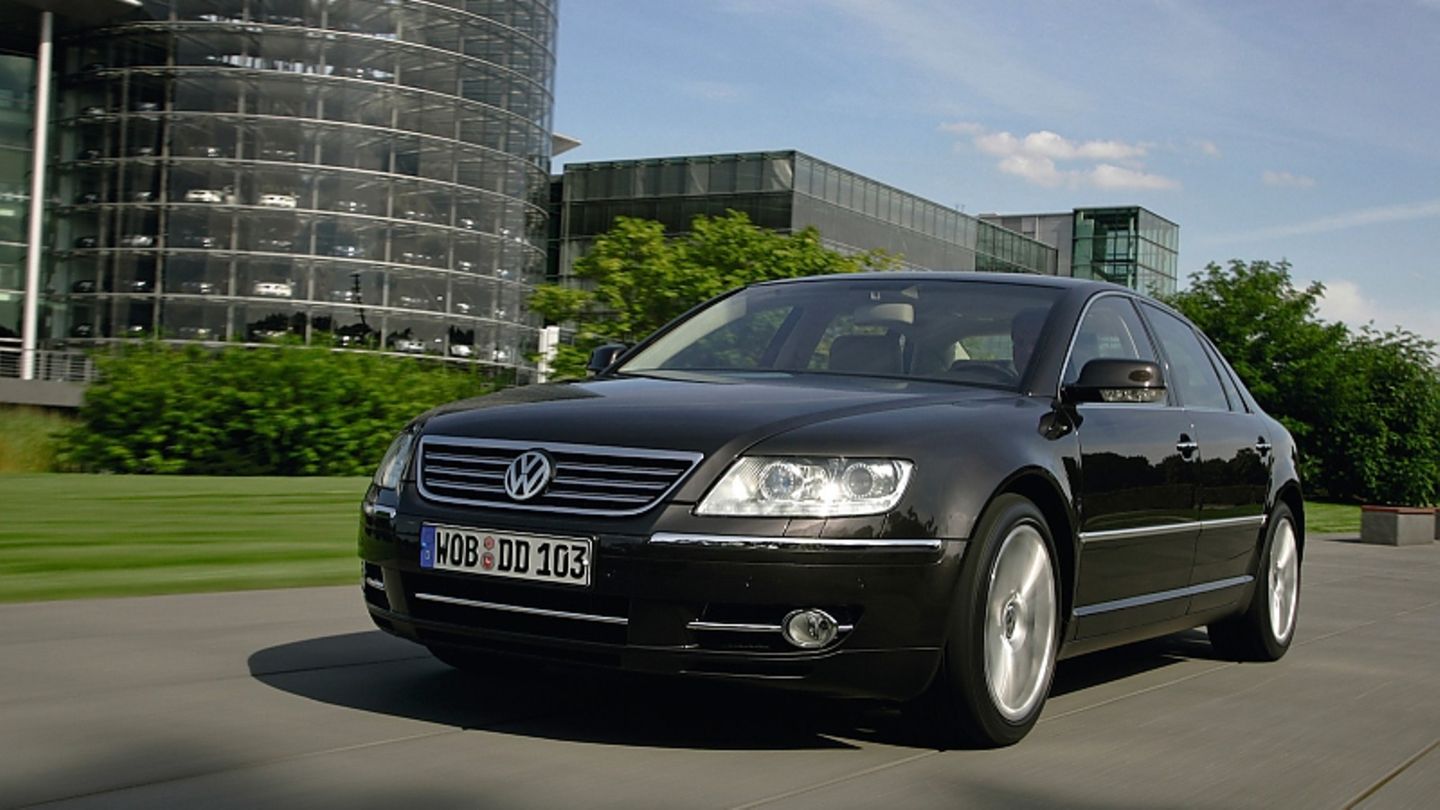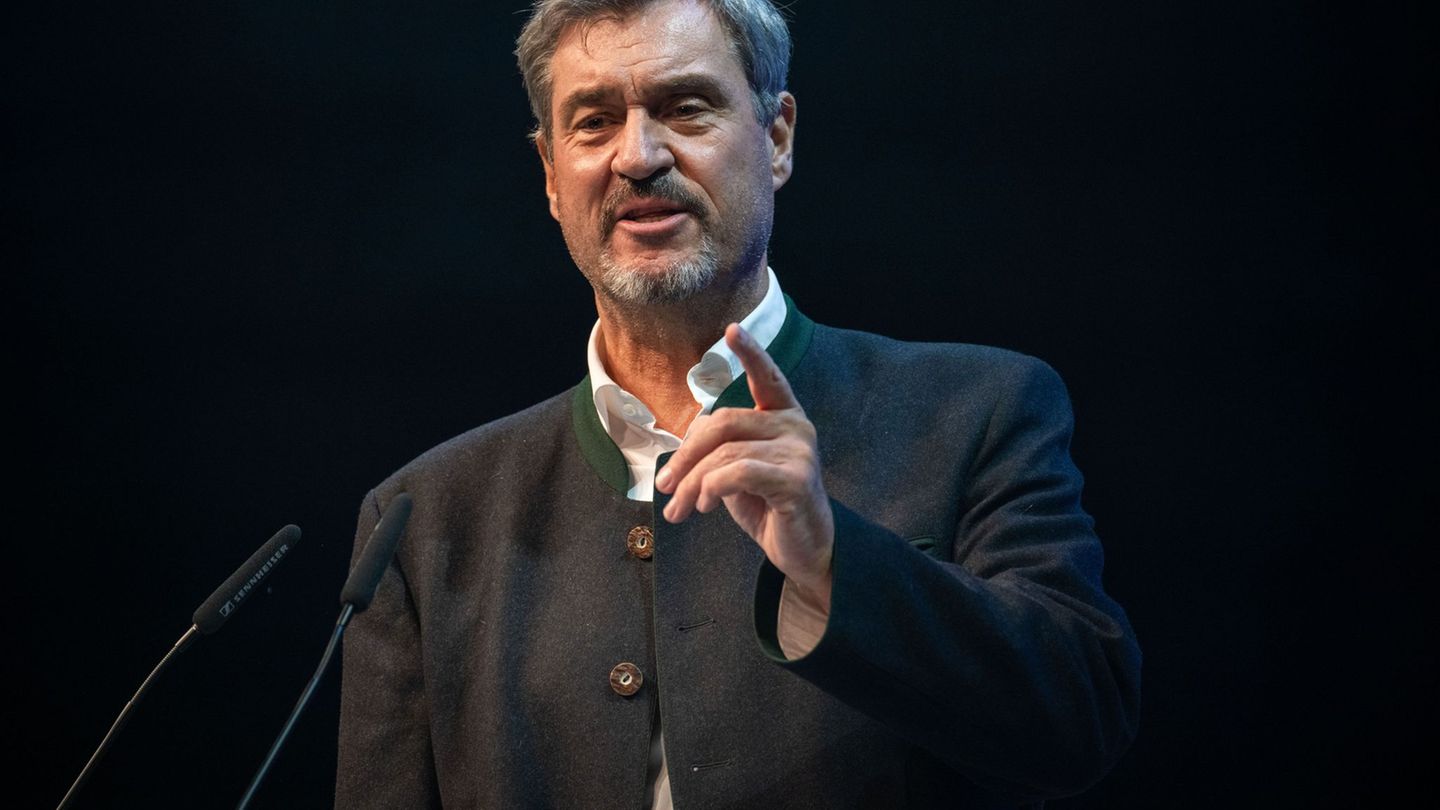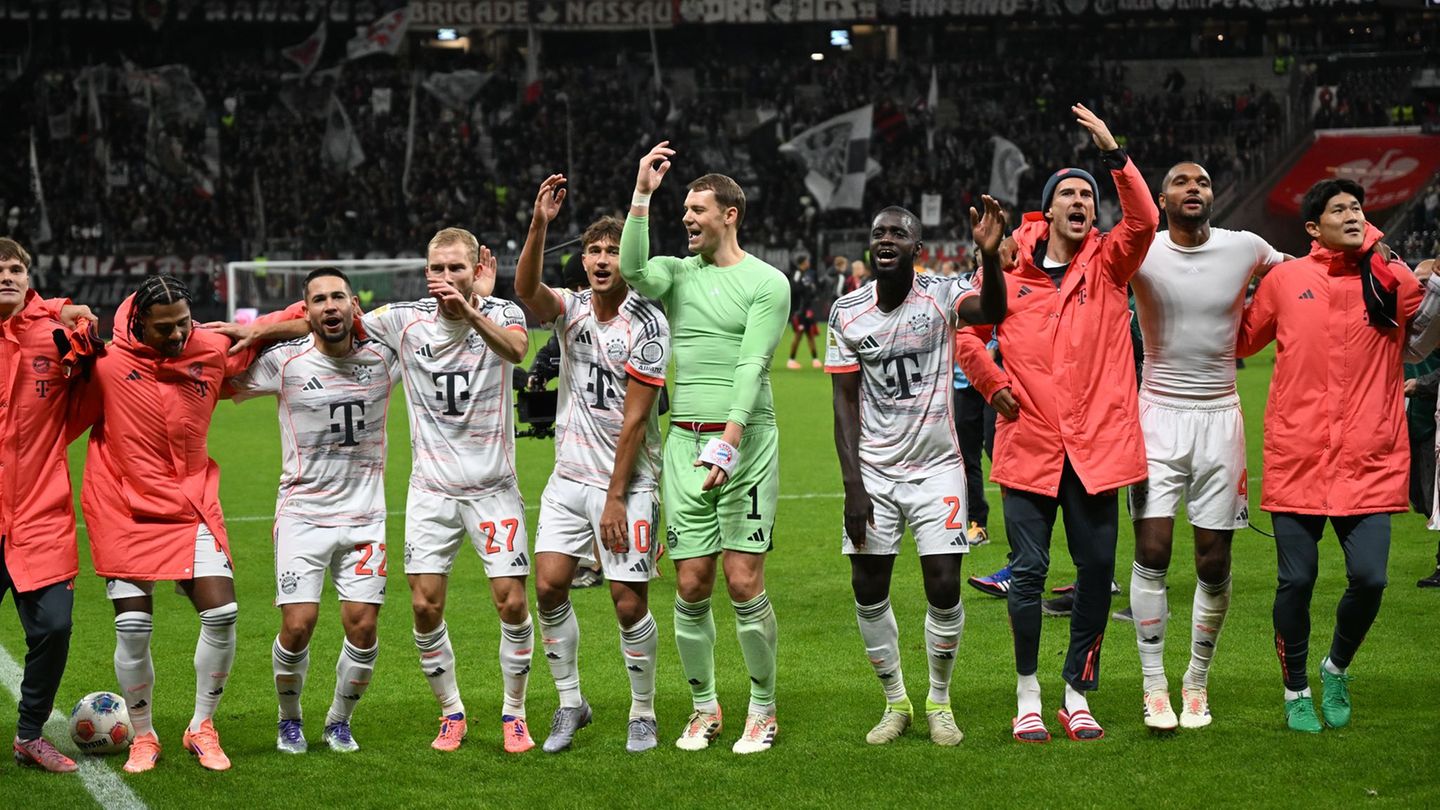Ferdinand Piech had a dream – and so did Gerhard Schröder. One wanted to build the best sedan of all time and the other wanted to become Chancellor almost at the same time. Because one thing led to another, the VW Phaeton became as grandiose as it was. And hardly anyone recognized it.
It is well known that falling into the league of luxury sedans is anything but easy. Competitors from home and abroad have been painfully biting their teeth for years on the Mercedes S-Class and the BMW seven. Heads of state, kings, stars and those who think they will be chauffeured through the wide world in one of two limousines in the luxurious rear. Audi was the first European to seriously revolt and turn the duet into an exclusive triumvirate. Models such as a Jaguar XJ, Cadillac DTS / STS, Maserati Quattroporte or a Bentley Flying Spur undoubtedly all have their luxurious charm – however, in terms of reputation and numbers, they clearly lag behind in the luxury league.
That is exactly what should not be the case with the VW Phaeton. The finest, highest quality and most luxurious of all Volkswagens came into being in the mid-1990s. So grandly devised that at first you couldn’t find a name that could only approximate the illustrious status. At the beginning the project was called D1 and the study of the Concept D1 presented at the end of the 90s should herald something big. Later the series model was given the name of the sun god Helios; a model designation that was already worn by some particularly exclusive touring cars from Horch or Packard in the pre-war period. The Phaeton was reminded of the old days not only by the model designation, but also by details such as the backlit license plates, for which there was a special permit. With the Phaeton, at least in the beginning, only the best was good enough. It was therefore out of the question that the Wolfsburg-based flagship model should plop off the assembly line in a boring factory.
In times of automobile abundance, the Transparent Factory Dresden was created with gigantic effort, in which the VW Phaeton was created in elaborate manual work based on preparatory work in Zwickau. During production, which was more like an opera than a vehicle production, the workers mostly wore white gloves and the bodies moved almost silently across the dance and production floor in the business metropolis on driverless work islands. The VW Phaeton was supposed to show the largely defunct Mercedes S-Class, the more and more up-and-coming BMW 7 Series and probably also the related Audi A8 in its second generation, what a real luxury sedan from Germany is. That was definitely the VW Phaeton, because, apart from small initial margins, its manufacturing quality was terrific. The competition took the luxury Volkswagen apart appreciatively and was more impressed. Many doubted whether one could earn money with such a production quality even in the luxury class. In view of the tiny numbers, this is probably a pipe dream, because between the end of 2001 and the beginning of 2016 hardly more than 80,000 vehicles were produced in 15 years and the image product became a dime grave. Originally, those responsible for Volkswagen had expected 20,000 to 30,000 Phaetons per year. Only a fraction of that was given strong support. Also because the Phaeton flopped in the USA and was taken off the market after a few thousand sales.
Only in China were sales comparatively stable, especially at the end of the 2010s. Here, the luxury model helped that Volkswagen was classified by many Chinese as a premium brand from Germany. A plan that never worked, especially in Europe. The VW Phaeton was officially available in two wheelbases of 5.05 and 5.18 meters in length. Gerhard Schröder, now Federal Chancellor with very close ties to the Volkswagen Group, had exchanged the armored Mercedes S-Classes, with which the Chancellors were otherwise always on the road, for armored Protect individual pieces of the Phaeton, many of which were still doing their everyday work long after his replacement . The Dresden luxury model appeared again and again at the start of production in the background at official appearances by Gerhard Schröder. It didn’t help the most expensive Volkswagen of all time. The manageable number of units rose to the above-mentioned heights, because Volkswagen finally offered the 233 hp three-liter diesel as a volume model in the obligatory combination with all-wheel drive and six-speed automatic transmission. Before that, the rough but grandiose V10 TDI in particular had made a name for itself, combining 230 kW / 313 PS with a gigantic 750 Nm of maximum torque. No other manufacturer offered something like this. But the high-tech engine ran out of air in 2006 because of all the strict emissions standards, because the technical effort to bring it into the Euro 4 emission class with a particle filter was too great in view of the homeopathic sales figures in Europe.
In general, the engine portfolio of the VW Phaeton was surprisingly jagged. In the beginning there were senseless variants like the sluggish 3.2-liter naturally aspirated V6 engine, which was already unsuccessful in other Volkswagen models. 241 hp, little torque and either front or all-wheel drive did not find any customers either as a manual switch or as an automatic version. One or the other model was pushed into the authority service and so the drivers of state governments or organizations could look forward to a draft-free automatic air conditioning and various high-tech equipment such as cruise control or blind spot assistant. The VW Phaeton struggled abroad – mostly as a 4.2 liter V8 or 6.0 liter W12 – despite the drive genes of the Audi A8. The top model with its 450 hp W12 was just as rare in Europe as the eight-cylinder.
The level of comfort in the VW Phaeton was already more than impressive in its first generation. On request, as with the illustrious competition, there was not only a long wheelbase, but also a rear-facing single seat system with initially a central screen, telephone and luxury armchairs with massage and air conditioning, while electric roller blinds all around and darkened windows blocked out the interested glances of the surroundings. In retrospect, the number of model updates appears to be almost innumerable. The VW Phaeton has been improved again and again. However, LED light, new light signatures and small body details could not disguise the fact that the luxury Volkswagen itself never really changed. The last model update in 2011 ultimately gave him new assistance systems with which the flagship caught up with the competition, but did not overtake it. From now on there were cornering and cornering lights, as well as cruise control, lane change assistants and traffic sign recognition that could read not only the speed limit, but also overtaking bans and time restrictions. However, in contrast to the more image-intensive competition, technical details such as night vision devices, head-up displays or full LED light were left out of the picture for the former innovator. In the meantime, not so many VW Phaetons are bobbing around in the courtyards of nameless flag traders, but the luxury gasoline engines with top equipment and low mileage are more in demand. In view of the pollution standards, diesels only have a chance abroad. The quality is valued, while the reputation continues to be lacking and the maintenance costs are exorbitant.
The successor, which had already been largely developed, was finally stopped in the mid-2010s in order to avoid further costs and to prevent another bankruptcy before the market launch. So today there is only in China with the VW Phideon a luxury model from Volkswagen in the luxury class.
I am Pierce Boyd, a driven and ambitious professional working in the news industry. I have been writing for 24 Hours Worlds for over five years, specializing in sports section coverage. During my tenure at the publication, I have built an impressive portfolio of articles that has earned me a reputation as an experienced journalist and content creator.




